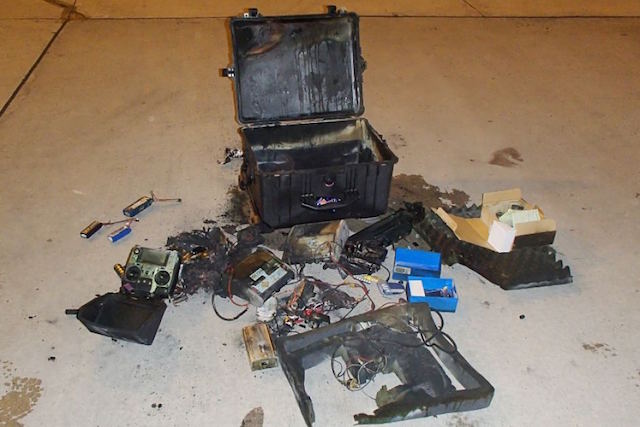I am sorry to call you out John as I like you and think you are highly intelligent and almost always nice but to tell someone to take a battery fully charged onto an airplane (a drone lipo isn't as safe as a computer battery although that shouldn't be fully charged either but much safer for reasons that you can Google).
You should down charge to a minimum of 25-30% or you risk the lives of yourself and everyone on board that flight because if this happens as it happened on the way to Fiji on a crowded international flight:

And that causes the fuselage to breach at a high altitude you could cost the lives of every infant, man and woman on that flight. Forget the fact that it is now FAA regulation, even when traveling on a cargo plane, and especially on a passenger plane, if you go with a fully charged battery, and you get a TSA agent with a bug up his arse and decides to test yours, you will be in violation of criminal and civil laws which I believe is a felony (punishable by jail time) and if there were an incident, you would be liable monetarily,
Instead, de-charge your batteries, go to the hotel, get a Mai Tai, and charge your batteries for an hour or two and let's all try to keep each other alive. I don't mean to be dramatic here but if I knew someone had a UAS battery fully charged on a passenger flight I was on, he'd hear it.
Yikes! Now that is scary even if its just a rare thing. Just for the sake of being safe I'm thinking about just getting lipo bags (the smallest I can find that will fit in my battery compartments in my backpack).
Now that we are on the subject of batteries. Do phone batteries, external battery chargers, tablets, etc.... fall into that same discussion?







